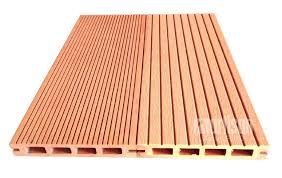CFD (Contract for Differences) trading is a popular investment approach that enables traders to speculate on price movements of various assets without owning the underlying asset. While it offers several opportunities, cfd trading carries significant risk due to market volatility. Hedging strategies can serve as an effective method to minimize potential losses while maintaining investment exposure. Here’s how you can use hedging to enhance your trading performance.
What is Hedging in CFD Trading?
Hedging involves opening positions that offset potential losses from other trades in your portfolio. Essentially, it is a form of insurance for your trades—a way to protect investments from adverse price movements while maintaining the possibility of benefiting from favorable ones.
For example, if you have a long position in a stock CFD and you expect short-term price dips, you might open a short position in the same or a correlated index CFD. This second position can help cover or reduce losses during the anticipated dip.
Effective Hedging Strategies for CFD Trading
1. Direct Hedging
Direct hedging involves opening a position in the opposite direction of your current trade. For instance, if you are long on an asset, you can open a short position on the same asset. While this limits the risk of loss, it also caps your potential profit.
• Best Used For: Small timeframes or high-risk trades.
•
• Example: Long on Tesla stock CFDs while simultaneously shorting Tesla CFDs during a volatile earnings release.
•
2. Correlation Hedging
Correlation hedging leverages the price relationship between different assets. For example, if two assets (e.g., oil and energy stocks) move together, you can hedge by taking opposing positions. This enables you to reduce exposure without closing your initial trade.
• Best Used For: Broad market hedges or sector-based strategies.
•
• Example: Long on crude oil CFDs and short on energy ETFs if oil drops.
•
3. Diversification
Rather than hedging a single position, you can focus on creating a diversified portfolio of CFDs across various sectors or assets. Diversification reduces reliance on any single market trend and spreads risk across your investments.
• Best Used For: Long-term CFD trading strategies.
•
• Example: Allocating CFDs in stocks, indices, forex, and commodities.
•
Key Takeaways
Hedging requires precision, timing, and in-depth market knowledge. Although it doesn’t guarantee profits, it is a critical risk management tool to protect your portfolio from major losses. Remember to assess the costs associated with opening multiple positions, as they can impact your overall CFD trading returns. Start small, test your strategies, and adjust them as you gain experience.
Are you ready to start hedging in CFD trading? Apply these strategies cautiously to safeguard your investments while navigating the unpredictability of global markets.


